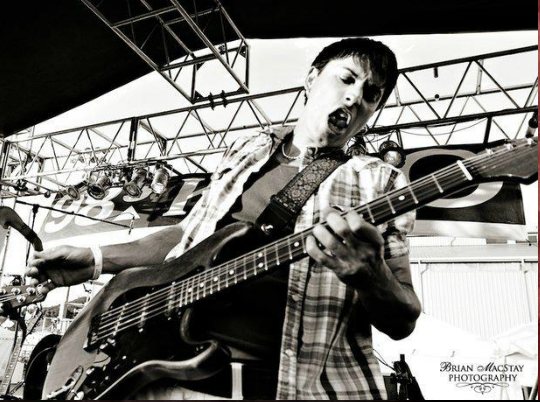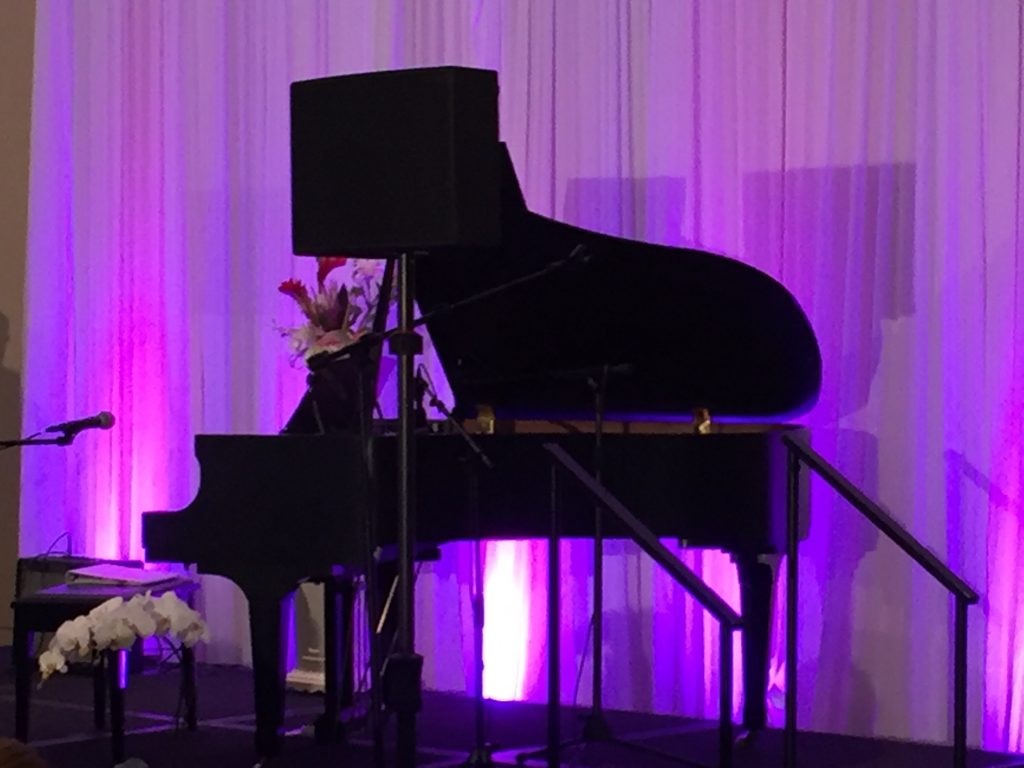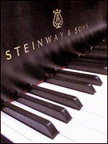June Music Blog
June Music Blog
Dean Cutinelli here from the Colorado School of Music. Remember we are just a call away to start your private music lessons. We offer guitar lessons, piano lessons, drum lessons,Violin lessons, vocal lessons as well orchestral instruments.
Now on to our discussion of the Phrygian scale. The Phrygain mode is like the other modes I have discussed in my three previous music blogs. If you missed those, a mode in the theory of Western music, is a type of musical scale coupled with a set of characteristic melodic behaviors. Musical modes have been a part of western musical thought since the Middle Ages, and were inspired by the theory of ancient Greek music. The Phrygian mode is the minor scale that appears when a major scale is started from the third note (third scale-degree). Thus, a C major scale played from “E” is an E Phrygian. This is why the term “mode” is more appropriate than “scale”. The E Phrygian mode is the same as a C major starting on E. Your notes for this scale would be E,F,G,A,B,C and D.
The History of Phrygian
The Phrygian mode can refer to three different musical modes: the ancient Greek tonos or harmonia sometimes called Phrygian, formed on a particular set or scales; the Medieval Phrygian mode, and the modern conception of the Phrygian mode as diatonic scale, based on the latter. The Phrygian tonos or harmonia is named after the ancient kingdom of Phrygia in Anatolia. The octave species (scale) underlying the ancient-Greek Phrygian tonos corresponds to the medieval and modern Dorian Mode. The early Catholic Church developed a system of eight musical modes that medieval music scholars gave names drawn from the ones used to describe the ancient Greek harmoniai. The name “Phrygian” was applied to the third of these eight church modes the authentic mode on E, described as the diatonic octave extending from E to the E an octave higher and divided at B, therefore beginning with a semitone-tone-tone-tone pentachord followed by a semitone-tone-tone tetrachord. Finally In modern western music, the Phrygian mode is related to the modern , also known as the Aeolian mode, but with the second scale degree lowered by a semitone, making it a minor second above the tonic, rather than a major second.
Who uses the Phrygian Mode
Phrygian in sound is considered a minor sound or Scale. Another way to theorize the Phrygian mode is A minor scale with a flatted second. Giving this mode a minor Sound. In modern classical music you can here is mode used in “I Hear an Army”, from Three Songs, op. 10. In a more modern setting you here this sound in Howard Shore, “Prologue” accompanying the opening sequence of the film Lord of the Rings: The Fellowship of the Ring. In a jazz context you can here this sound in “Solea” by Gil Evans from Sketches of Spain.
I hope after reading this you have a better Idea on what a mode is and in particular the Phrygian mode. Please feel free to contact us and come in for a music lesson to learn all about the modes and anything else pertaining to music from one of our great instructor at the Colorado School of Music in Golden CO. We offer guitar lessons, piano lessons, drum lessons, violin lessons and vocal lessons as wells as orchestral instruments.
Thanks for reading!
Dean Cutinelli



